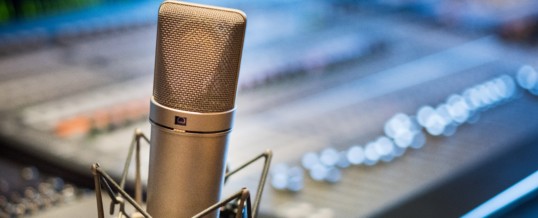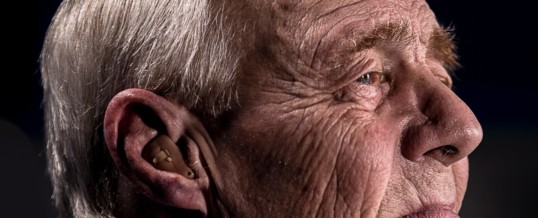Calling headphones noise-cancelling can be deceptive. While it is true that noise-cancelling headphones are capable of counteracting some background noises, they are not perfect for all types of noise. In this article we will discuss the inner workings, limitations, and potential tradeoffs of noise-cancelling headphone technology.
All Headphones are Noise Cancelling
Technically all headphones are noise cancelling on some level. Just as putting your hands over your ears blocks incoming sound, any headphone you put on, in, or over your ear will ...
Continue Reading →AUG
2019










